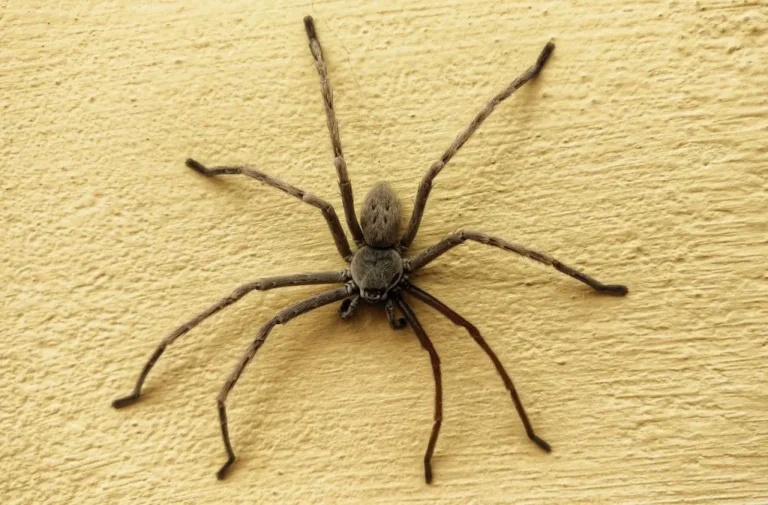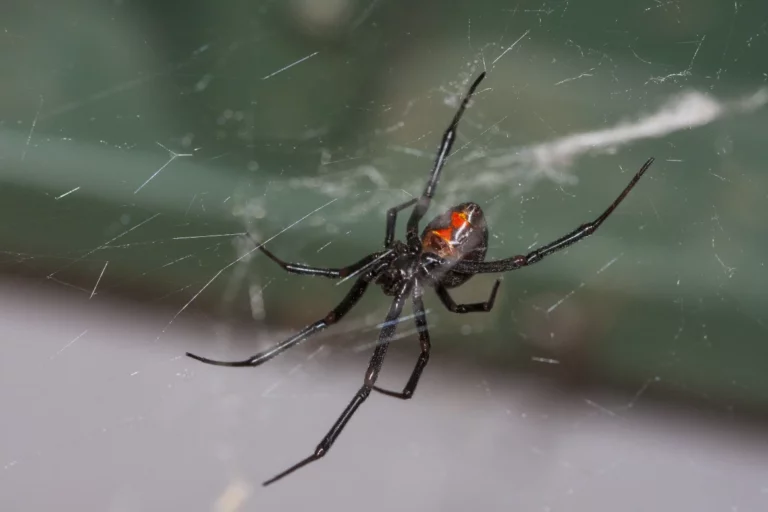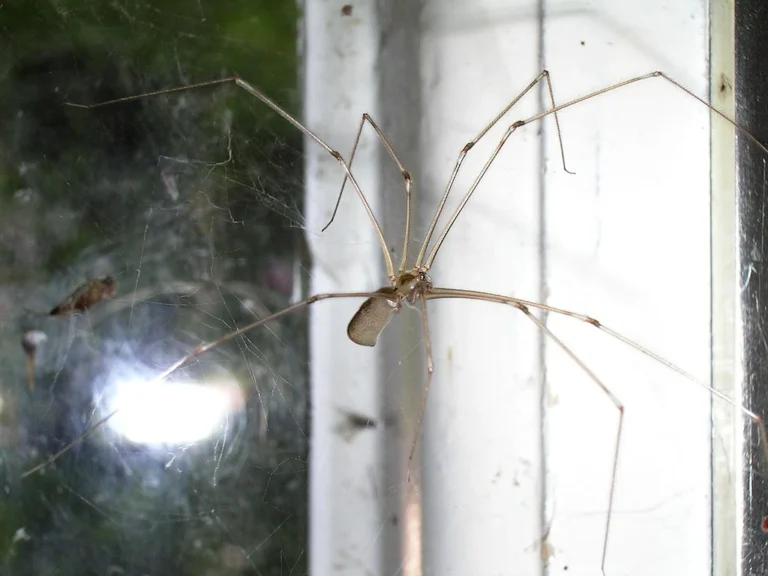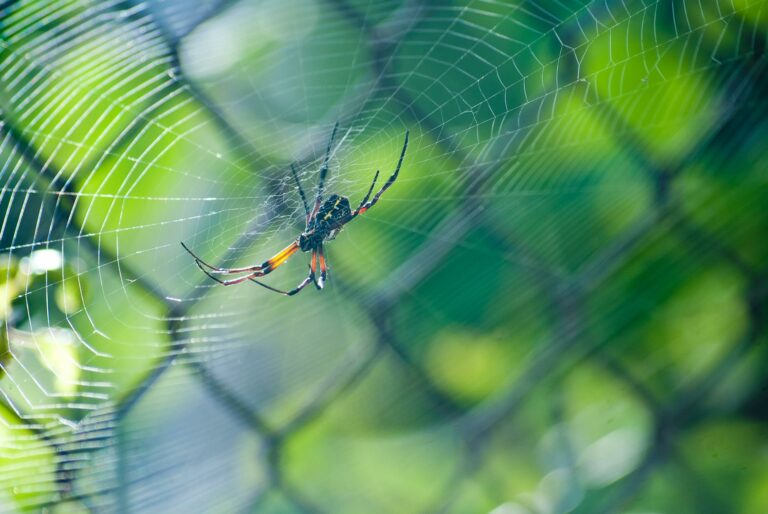Table of Contents
ToggleFlorida, known for its lush landscapes and diverse wildlife, is also home to a fascinating variety of spiders. This article delves into the mystique of Florida’s spiders, shedding light on their diversity, significance, and how to coexist with these remarkable creatures safely.
Introduction to Spiders in Florida
Florida’s warm climate and rich biodiversity make it an ideal habitat for a wide range of spider species. These arachnids are often misunderstood and feared, but they play a crucial role in the ecosystem. From the garden orb-weaver to the infamous black widow, spiders in Florida are as diverse as they are intriguing.
Diversity of Spider Species
Florida’s climate supports a rich diversity of spider species, each with unique characteristics and roles within their ecosystems.
Common Types Found in Florida
Many spiders call Florida home, including the harmless yet impressive golden silk orb-weaver, known for its large, striking webs, and the secretive brown recluse, recognized by its distinctive violin-shaped mark.
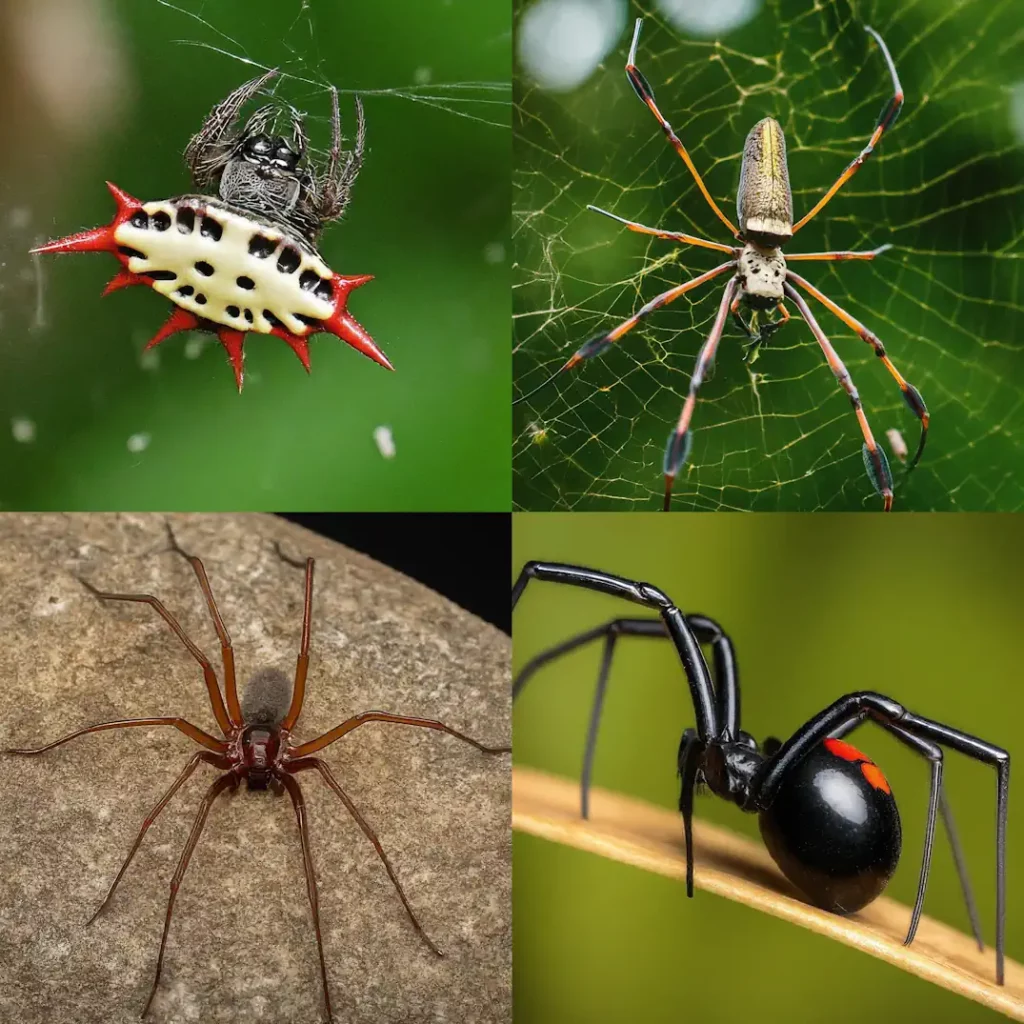
Rare and Unique Spiders in the Region
Among the state’s unique inhabitants are the rare red widow and the regal jumping spider, showcasing the vast range of adaptations and behaviors found within Florida’s spider populations.
Habitats and Ecosystems
Spiders in Florida thrive in various habitats, from the dense underbrush of forests to the hidden corners of urban dwellings.
Preferred Natural Habitats
Many species prefer the shelter of Florida’s forests, swamps, and marshes, where they can find abundant food and suitable sites for web construction.
Spiders in Urban Areas
Even in urban areas, spiders play a crucial role in controlling insect populations, often going unnoticed as they inhabit gardens, parks, and even homes.
Identification and Characteristics
Understanding the physical and behavioral traits of common spider species can demystify their presence and foster a greater appreciation for these arachnids.
Physical Features for Common Species
Key identification features include body shape, color patterns, and web types, which can help distinguish between harmless and potentially dangerous species.
Behavioral Traits
Behavioral traits such as nocturnal activity, hunting methods, and mating rituals provide insight into the fascinating world of spiders.
Importance of Spiders in Ecosystems
Spiders are vital for maintaining balanced ecosystems, serving as both predators and prey within the food web.
Role in Pest Control
By feeding on common pests, spiders help control insect populations, reducing the need for chemical pesticides in gardens and farms.
Contribution to Biodiversity
Spiders contribute to biodiversity by supporting a complex web of interactions within their habitats, showcasing the interconnectedness of ecosystems.
Venomous Spiders to Be Aware Of
While most spiders in Florida are harmless, a few species possess venom potent enough to warrant caution.
Recognizing Dangerous Species
Identifying characteristics of venomous spiders, such as the black widow and brown recluse, can help prevent unwanted encounters.
First Aid for Spider Bites
Knowing how to respond to spider bites, especially from venomous species, is essential for residents and visitors alike. The Mayo Clinic has a great resource on what should be done in case of a spider bite here.
Spider Myths and Misconceptions
Debunking myths and addressing common fears can lead to a better understanding and appreciation of spiders.
Debunking Common Fears
Many fears surrounding spiders stem from misinformation. Educating oneself about their behavior and ecological roles can alleviate unwarranted fears.
Interesting Facts About Spiders
Spiders possess fascinating traits and abilities, from their silk-spinning skills to their unique sensory organs, offering endless intrigue for those willing to learn.
Observing Spiders Safely
With the right approach, observing spiders can be a safe and educational activity for enthusiasts of all ages.
Tips for Safe Interaction
Learning how to interact with spiders safely can enhance outdoor experiences and foster a greater appreciation for these creatures.
Photography and Observation Techniques
Photography and careful observation can provide unique insights into the lives of spiders, contributing to scientific knowledge and personal growth.
Spiders in Florida’s Culture and Folklore
Spiders have featured in the culture and folklore of Florida, symbolizing various attributes and lessons across different communities.
Seasonal Behavior of Spiders
Understanding the seasonal behaviors of spiders, including mating seasons and lifecycle changes, can enrich our knowledge of these complex creatures.
Mating Seasons and Lifecycle
The reproductive cycles of spiders are influenced by seasonal changes, affecting their visibility and behavior throughout the year.
How Weather Affects Spider Activity
Weather patterns play a significant role in the activity levels and distribution of spiders, with variations in temperature and humidity impacting their daily lives.
Spider Control and Management
While spiders are beneficial, there are times when control and management are necessary, especially in human dwellings.
Natural Predators and Control Methods
Natural predators and eco-friendly control methods can effectively manage spider populations without harming the environment.
Safe Removal from Homes
For those uncomfortable with spiders in their homes, safe removal techniques can relocate these creatures without harm.
Spiders in Florida’s Future
The future of Florida’s spiders hinges on the impact of climate change and human activities, with ongoing research and conservation efforts playing a crucial role.
Impact of Climate Change
Climate change poses challenges to spider populations, affecting their habitats, distribution, and survival.
Predictions for Spider Populations
Ongoing studies aim to predict how changing environmental conditions will impact spider populations and the ecosystems they inhabit.
Spiders in Florida are a vital part of the state’s rich biodiversity, playing essential roles in ecosystems and offering endless fascination for those willing to explore their world. By understanding and appreciating these creatures, we can foster a more harmonious coexistence and ensure their continued presence in Florida’s landscapes.

